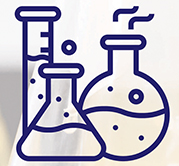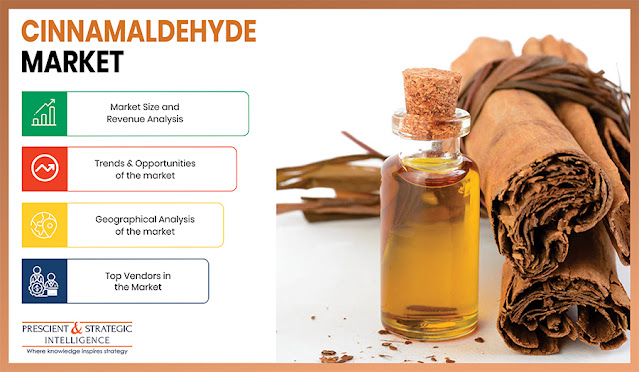The rising environmental concerns have led to the burgeoning demand for eco-friendly industrial coatings. Due to this, the application of ultraviolet (UV)-curable resins has increased in the automobile, electronics, industrial, and construction sectors. Unlike traditional coatings, adhesives, and inks, products made from UV-curable resins do not release hydrocarbons containing volatile organic compounds (VOCs), which are carcinogenic and cause various other health problems. On the contrary, UV-curable products have a minimal negative impact on the environment, which is why they are finding increasing usage.
UV-curable inks are being consumed in high volumes in the electronics sector for the manufacturing of printed circuit boards (PCBs) used in the displays of mobile phones and other consumer gadgets. Additionally, the application of UV-curable adhesives in the assembly of phones and other electronic products is supplementing the demand for these resins. Due to this reason, the Ultraviolet curable resins market size will increase from $3,473.9 million in 2017 to $5,403.9 million in 2023. According to P&S Intelligence, the market will advance at a CAGR of 7.7% during forecast period.
The formulation segment of the UV curable resins market is divided into oligomers, photoinitiators, monomers, and others, which include pigments and additives. Under this segment, the oligomers division is predicted to display the fastest growth during the forecast period, as oligomers are one of the key ingredients used during the production of UV-curable resins, which are themselves primarily used to manufacture inks, coatings, and adhesives. Moreover, oligomers offer faster curing, higher gloss, and better chemical resistance in comparison to monomers and photoinitiators.
During the forecast period, the Asia-Pacific UV curable resins market will witness the fastest growth due to the spurring demand for such materials from the electronics sector, rising environmental concerns and consumer awareness, and the subsequent adoption of VOC emission norms. Within the APAC region, India, Indonesia, and China are emerging as the largest contributors to the market owing to a significant surge in the production of automobiles. Moreover, an expansion of the construction sector is amplifying the consumption of coating materials that contain these resins, thus boosting the market growth.
Thus, the environmental benefits offered by UV-curable products will lead to the adoption of the resins used to manufacture them in high volumes in the coming years.






























